When athletes walk into Velocity, they expect us to improve their physical performance. Their goals are often to get faster cutting, be a better defender, or have a better change of direction. All of these are often considered agility.
While their goals may differ, the solution is almost always the same; make their movements more efficient and their bodies stronger and more explosive.
What is Agility?
Before we can help our athletes improve, we need to measure their performance, but first we need to understand exactly what we are measuring. If we want to quantify a movement quality like agility, we need to understand exactly what we mean when we say “agile.”
Let’s consider two possible definitions:
“The athletic ability to either create an elusive motion or a defensive REACTION with an emphasis on speed and CREATIVITY.” – Carl Valle
“Rapid whole-body movement with change of velocity or direction in RESPONSE TO STIMULUS” – Science for Sport
The most common test for agility is the 5-10-5 Pro Agility Test. This test involves an athlete sprinting five yards to his left (or right), then 10 yards in the opposite direction, and finally five yards back the other direction. While this test does capture an athlete’s ability to change direction quickly, it captures nothing of an athlete’s ability to be creative or react to an uncontrolled stimulus.
In most cases, performance tests are conducted in a controlled environment for the sake of validity and so that they can be reliably reproduced. Consequently, they cannot truly measure an athlete’s creativity or reaction skills. If we accept that these abilities are essential components of agility, then we know the results of these tests will never give a complete picture of agility.
How do you train agility?
Ladders, cones, and resistance bungees are commonly used in training drills. They are used to develop athletes’ footwork, coordination, and change-of-direction skills.
If you’ve ever seen an athlete showing off their abilities with these drills, you might assume that they are extremely agile, but that’s not necessarily the case. If agility includes the ability to quickly respond to a stimulus, then we should realize that those rehearsed drills improve this skill.
They can help develop quicker and more accurate feet, but every time an athlete practices that drill they are practicing it the same way. It’s like learning the alphabet: a child learns it in the same order every time and it is easily memorized. But no matter how quickly that child can repeat the alphabet, it doesn’t tell anyone about their ability to spell or form sentences.
Real agility is like the ability to quickly form concise, beautiful, grammatically correct and advanced sentences. The “words” are the different movement skills an athlete has in his toolbox. The “sentence” is the combination of how he puts those skills together. An athlete who has mastered agility is like a poet with his, or her, body on the field. It is no wonder that the best demonstrations of athletic ability are often called beautiful.
But no matter how quickly a child can repeat the alphabet, it doesn’t tell anyone about their ability to spell or form sentences.
Drills are still great tools for teaching movement. They can add variations and improve movement quality. However, if we stop there, we have only added to our athletes’ “movement toolbox.”
To make them more athletic we also need to help them apply it in their sport. To develop the ability to know when to use those tools and be able to do so at a moment’s notice. This ability separates a great athlete on the field from one who is merely great in the gym.
Velocity Sports Performance’s “Progressive Training Method”: Teach, Train, and Apply
Teach: Our coaches first introduce movement techniques to our athletes. We explain the biomechanics that make a particular movement efficient.
Train: Next we provide series of exercises or drills for athletes to repeatedly practice specific movement skills. we might also add resistance, or an element to influence their physiology.
Apply: Once they have a new movement skills in their tool box, then we explore. Velocity coaches create opportunities for them to explore their movement skills in guided. This is done with non-rehearsed, random, and chaotic situations. Things like mirror drills, reaction drills, or game-like scenarios.
Agility may be hard to measure, but we can still help our athletes get better at it. First, as their coaches, we need to study which movement skills are critical for success in our athletes’ sports – only then can we decide which drills our athletes need to practice and master. This is the “train” part of the Velocity system.
Next, we teach them to apply their new skills by taking them out of rehearsed patterns. We put them in situations that mimic game-like opportunities to use whichever movement skill we trained that day. The importance of this step cannot be overstated.
If we skip it, all we have done is teach our athletes to be better at drills, and we have done nothing to make them move better on the field, court, ice, pitch, or any other arena of competition.
Seeing Agility
Are your athletes becoming more agile because of your coaching? You may not see it during the training session, but you will know it when you see them compete. We cannot put in the hard work required for our athletes to improve, but we can always support them by planning ahead and structuring our coaching sessions the right way.
Do you want to know more about how athletes get faster? Take a look at The Ultimate Guide To Speed Training.


1 thought on “Becoming More Agile: Teach, Train, Apply”